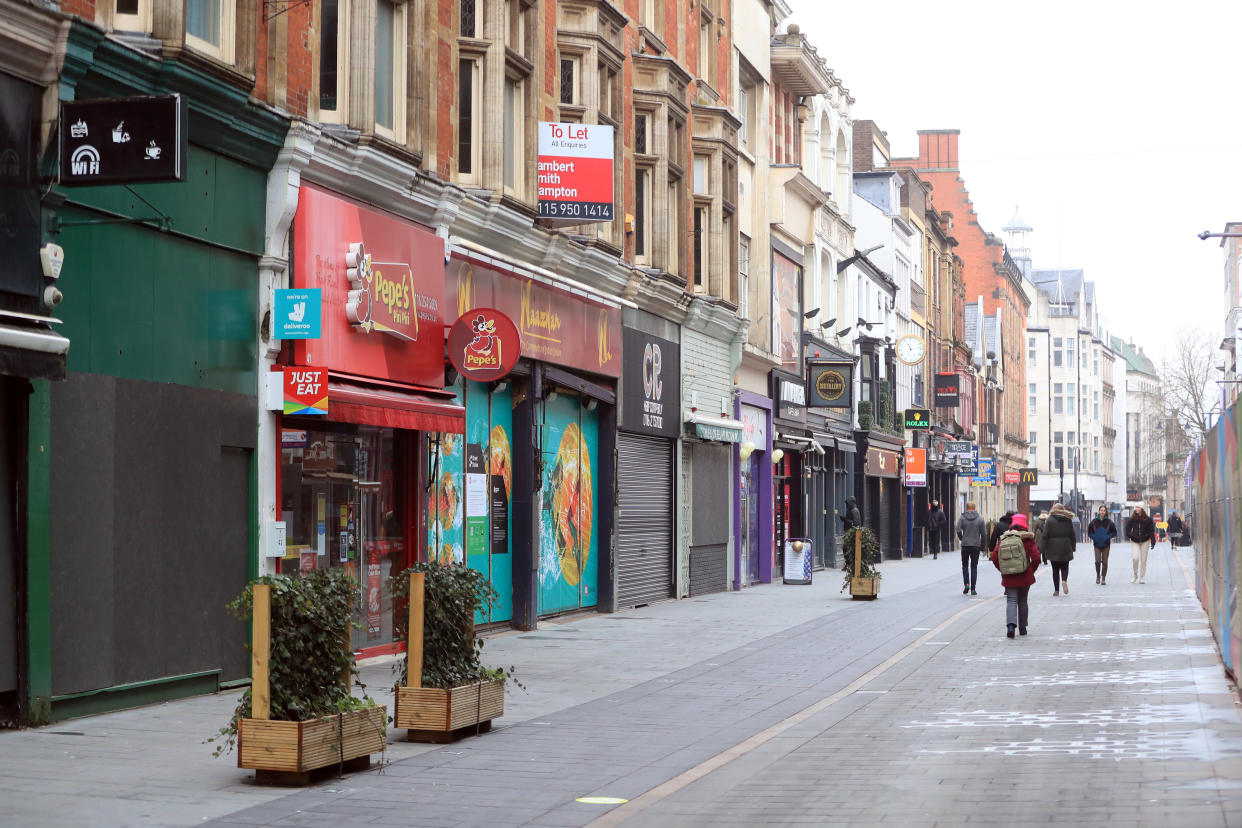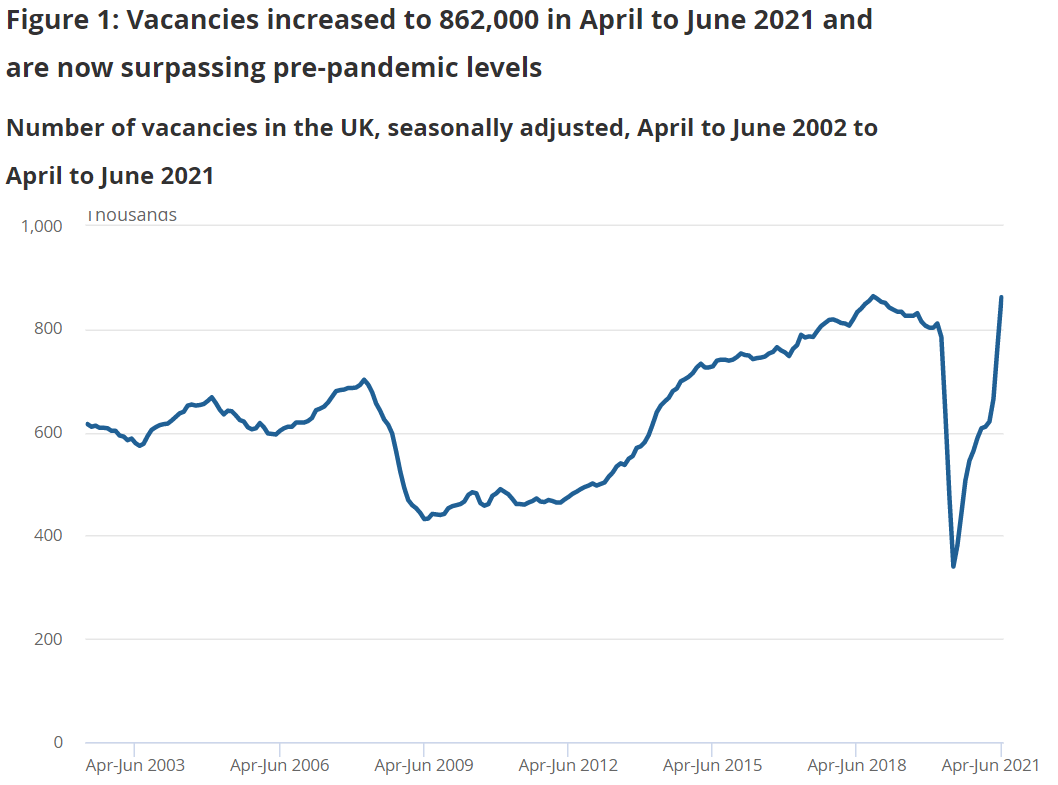Northern England economy booming as jobs pass pre-pandemic peak

The number of UK payroll employees in the North East, North West and East Midlands rose above their pre-pandemic levels for the first time since the start of the health crisis, new data has shown.
According to the Office for National Statistics (ONS), there was a monthly increase in payroll employees in June, up 356,000 to 28.9 million, as the labour market continues to recover and the economy reopens.
However, on an overall scale, it remains 206,000 below pre-coronavirus levels while a large number of workers remain on furlough, except in the North of England, East Midlands and Northern Ireland, which have bucked the trend.
Since November last year, the biggest growth on a local level was seen in Leicester, while the smallest was in South Hampshire.
“Given the restated stance of relaxing the COVID restrictions, several regions across the UK have reported a higher count of payrolled employees, above the pre-pandemic levels, for the first time since the onset of COVID-19,” Kunal Sawhney CEO of Kalkine Group, said.
“Going forward, the unemployment rate is expected to witness a marginal uptick, with the government-aided job protection scheme nearing its termination in September 2021. On the contrary, there is a certain likelihood of an increase in the number of full-time workers and employment activity as the downtrodden sectors restart their respective commercial operations on a larger scale.”
Watch: What does 'levelling up' really mean?
Following a period of employment growth and low unemployment, since the start of the pandemic, the employment rate has generally decreased, and the unemployment rate increased.
The number of people out of work in Britain dropped between March and May 2021, official figures showed, with an increase in the number of hours worked.
Data showed that 981.4 million hours were worked each week in March to May 2021, up 23.3 million hours on the previous three months, reflecting the relaxation of coronavirus restrictions, but still below pre-pandemic levels.
Meanwhile, the UK’s unemployment rate is now 4.8%, the ONS said, lower than the previous quarter thanks to the easing of coronavirus restrictions across the country, but 1% higher than before the pandemic began.
The estimated number of unemployed people aged 16 years and over was 1.6 million, a decrease of 68,000 on the quarter.
Read more: FTSE opens in red as UK unemployment creeps to 4.8% in May
“As we approach the final stages of reopening the economy, I look forward to seeing more people back at work and the economy continuing to rebound,” said chancellor Rishi Sunak.
“We are bouncing back – the number of employees on payrolls is at its highest level since last April and the number of people on furlough halved in the three months to May.”
It comes as the ONS also revealed that there are more job vacancies now than before the pandemic, despite unemployment falling.
The number of open jobs between April to June this year stood at 862,000, some 77,500 more than its pre-pandemic level in the three months to March 2020. This was a 15-month high, with the hospitality sector being the biggest driver, followed by wholesaling and retailing.

"Vacancies exceeding pre-COVID levels is a further sign of demand returning and employers creating jobs," said Matthew Percival, director for people and skills at CBI.
“Yet businesses' ability to meet this demand, and support the recovery, is being challenged by staff shortages," he added. "As COVID cases rise, firms are facing the double difficulty of hiring workers and more employees self-isolating."
Almost all industries posted more vacancies compared with the previous quarter. Arts, entertainment and recreation showed the largest percentage gain, followed by accommodation and food services, as the relaxing of restrictions prompted firms to take on staff.
Read more: UK restaurants struggle to recruit after Brexit and COVID double whammy
“Among the industries that saw a growth in vacancies on the quarter, the most notable was arts, entertainment and recreation, up 330.4%,” the ONS said. “It is also notable that five industries displayed a record number of vacancies from April to June 2021 with accommodation and food service activities increasing the most by 73,400 on the last quarter to 102,000.”
“In this sector there is evidence of a shortage of skilled staff and of employees finding alternative areas of employment prior to the sector reopening.”
The employment report also showed that wages surged in the last quarter. Average total pay, including bonuses, jumped by 7.3% per year in the three months to May, while regular pay was up 6.6%. This was the highest level in at least 20 years.
Watch: Johnson stresses ‘pandemic is not over’ as he confirms July 19 lockdown easing


